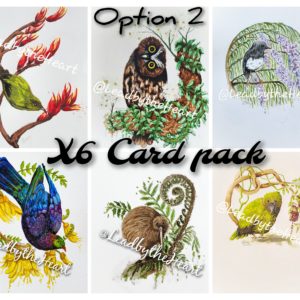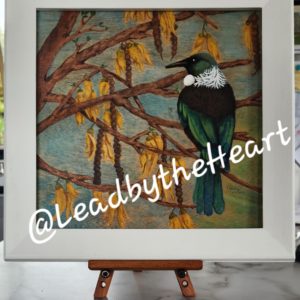The kākāpō is a nocturnal, flightless parrot. They are critically endangered and one of New Zealand’s unique treasures. The name kākāpō translates from Māori means ‘parrots of the night’. Kākā meaning parrot and pō meaning night.
Fun Facts:
- The world’s only flightless parrot
- Male kākāpō don’t help to raise any offspring. It’s called lek breeding. No other parrot species in the world is known to lek breed.
- Possibly one of the longest life span of all birds, their life expectancy is over 90 years
Legend has it that the great ocean wandering albatross/ toroa, was once a land bird but because of its brilliant white plumage, it was conspicuous and vulnerable on land. So, it swapped places with the kākāpō which was once a seabird, and soared out to sea, its markings blending beautifully with the foaming white crests of the southern ocean swells. Meanwhile, the kākāpō vanished into the twilight forests of Aotearoa, its mossy green plumage perfect camouflage for its new home.
A tasty snack for hungry kākāpō are the berries of the supplejack vine or kareao (meaning twisted rope) which is native to New Zealand. It is usually found in forest but occasionally in swamps (where it sprawls through flax and fern), and in karst country (where dissolving bedrock like limestone is prominent) where it grows in Tomo (hole in the ground) and cave entrances.


![Kakapo_in_Supplejack[1]](https://leadbytheheart.com/wp-content/uploads/2023/03/Kakapo_in_Supplejack1.png)



Reviews
There are no reviews yet.